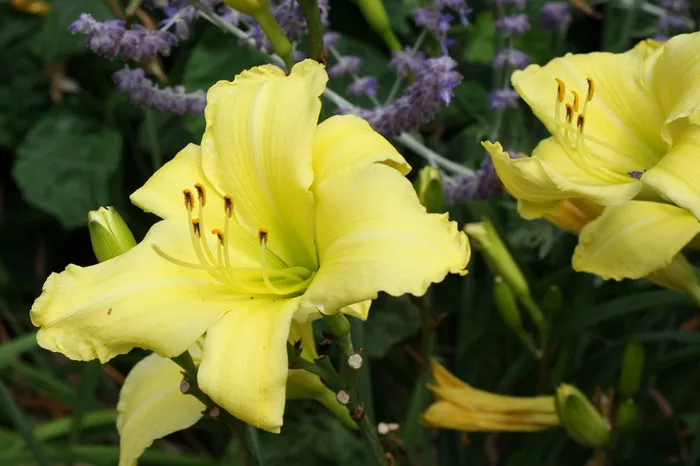When it comes to gardening, perennial flowers are the gift that keeps on giving. Unlike their annual counterparts, which complete their life cycle in a single growing season, perennial flowers have the remarkable ability to return year after year, bringing bursts of color and vitality to gardens and landscapes. Their resilience and longevity make them a favorite among gardeners of all levels, but what exactly defines a perennial flower, and which types reliably come back year after year?
Understanding Perennial Flowers
Perennial flowers are plants that live for more than two years, often regrowing from the same roots each spring. Unlike annuals, which must be replanted each year, perennials have the capacity to survive winter dormancy and re-emerge in the spring. This resilience is due to their ability to store energy in their roots during the dormant season, allowing them to regenerate when conditions become favorable again.
Types of Perennial Flowers
There is a vast array of perennial flowers available to gardeners, each with its own unique characteristics and growing requirements. From sun-loving daisies to shade-tolerant hostas, there is a perennial flower to suit every garden environment. Some popular perennial flowers include:
1. Daylilies (Hemerocallis): Known for their vibrant blooms and easy-care nature, daylilies are a staple in many gardens. These hardy perennials come in a wide range of colors and thrive in various soil conditions.
2. Black-eyed Susans (Rudbeckia hirta): With their cheerful yellow petals and dark centers, black-eyed Susans add a pop of color to any garden. These drought-tolerant perennials attract pollinators and are relatively low-maintenance.
3. Peonies (Paeonia): Loved for their large, fragrant blooms, peonies are a classic choice for gardeners seeking beauty and elegance. These long-lived perennials prefer well-drained soil and plenty of sunlight.
4. Sedum (Sedum spp.): Also known as stonecrop, sedums are succulent perennials prized for their drought tolerance and ability to thrive in poor soil. Their fleshy leaves and colorful flowers make them a popular choice for rock gardens and dry landscapes.
5. Hostas (Hosta spp.): Renowned for their lush foliage and shade tolerance, hostas are a favorite among gardeners seeking to add texture and interest to shady areas. These perennials come in a variety of sizes and leaf colors, making them versatile for landscape design.
6. Coneflowers (Echinacea purpurea): With their distinctive cone-shaped centers and daisy-like petals, coneflowers are beloved by pollinators and gardeners alike. These hardy perennials thrive in sunny locations and are drought tolerant once established.
7. Irises (Iris spp.): Known for their striking blooms and sword-like foliage, irises are a staple in many perennial gardens. These versatile perennials come in a wide range of colors and prefer well-drained soil and plenty of sunlight.
Factors Affecting Perennial Flower Return
While many perennial flowers reliably return year after year, several factors can affect their ability to thrive:
1. Climate: Perennial flowers’ ability to return each year depends on the climate in which they are grown. Some species may be more suited to certain climates and may struggle in extreme conditions.
2. Soil Quality: The quality of the soil can greatly impact the health and longevity of perennial flowers. Well-drained, nutrient-rich soil provides the ideal growing conditions, while compacted or poor-quality soil may inhibit growth.
3. Maintenance: Proper maintenance, including watering, mulching, and pruning, is essential for ensuring the continued health and vigor of perennial flowers. Neglecting these tasks can lead to decreased flowering and overall decline.
4. Pest and Disease Pressure: Perennial flowers may be susceptible to pests and diseases that can affect their growth and vitality. Regular monitoring and appropriate pest management strategies can help mitigate these risks.
5. Competition: Perennial flowers may face competition from neighboring plants for resources such as sunlight, water, and nutrients. Proper spacing and garden design can help minimize competition and promote healthy growth.
Conclusion
Perennial flowers are a valuable addition to any garden, providing years of beauty and enjoyment with minimal effort. While many types of perennial flowers reliably return year after year, ensuring their continued health and vitality requires attention to factors such as climate, soil quality, maintenance, pest and disease pressure, and competition. By selecting appropriate species for their growing conditions and providing proper care and maintenance, gardeners can enjoy the everlasting beauty of perennial flowers for seasons to come.


